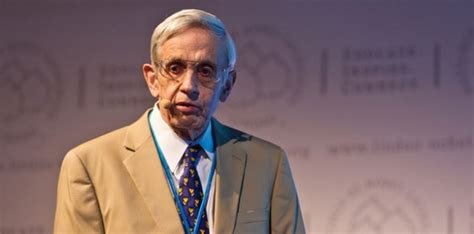There are a lot of definitions for Nash equilibrium, but since John Nash spent most of his career at Princeton University the definition from them would be the most creditable which is as follows- “Nash equilibrium in game theory is a stable state of a system that involves several interacting participants in which no participant can gain by a change of strategy as long as all the other participants remain unchanged.”

In simple terms, Nash equilibrium could be viewed as a law that would be implemented even in the absence of any governing body. Consider a traffic signal as an example and assume that there is no police overlooking its operation. If two vehicles arrive at the signal simultaneously, it is only practical if one of them stops and lets the other pass as, simultaneous crossing would lead to a crash and simultaneous stopping would cause an indefinite waiting, both of which are not desirable. This state is known as a Nash equilibrium. (Note that this is followed even in the absence of the police which indicates the power of Nash equilibrium)
Read more about the influence of Nash equilibrium and its effect of modern economics here: https://www.economist.com/blogs/economist-explains/2016/09/economist-explains-economics